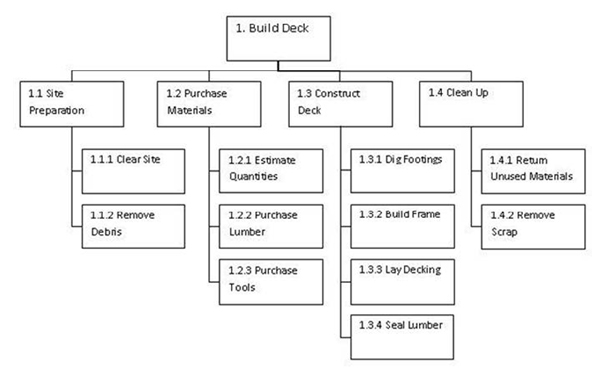When To Restructure a Company
Recently, I was at a round table event for business executives to discuss the topic “2017 Growth” but it evolved into “When to restructure your business” for growth. It was evident that some sort of restructuring was required in order for growth to continue. After some brainstorming on the topic, we came up with several key reasons to restructure a business. These being reduced productivity, poor financial performance, nature of business is changed, regulatory compliance or management change.
Reduced Productivity:
It’s a proven theory that over time everything will degrade in one way or another. Every business will naturally become inefficient repeatedly every five to six years. Inefficiencies will become evident across the organization. This reduced productivity will show or take various forms and some may not be so obvious. For example:
- Quality of products, services or customer satisfaction is on a downward trend
- Staff is either over or under utilized leading to high turnover
- New industry methods to delivering value to the client
- Technology changes – old systems or methods are no longer working
Every business is different and will deteriorate in its own ways. To control the loss rate in productivity, business leaders must monitor and improve continuously the processes for each function in their company through restructuring each facet of the business.
Financial Performance:
At the end of the day, profitability is one of the key measurements of growth but depends what the organization is attempting to accomplish short-term to long-term. Every owner, executive or manager looks at the weekly, monthly, quarterly and annual performance on some key metrics.
- Are revenues and profits up?
- Do we have the cash-flow to sustain growth?
- Is our cash reserve increasing each year to assist in future scaling or change in direction?
The financials or “the numbers” are the language of the business and will paint a picture of what is happening in the organization to a large degree.
Nature of Business is Changed:
At one or even several points you will have to pivot the business in a slightly different direction to maintain or capture new revenues. This could mean bringing on new or different products and services. Removing products or services that are less profitable and a burden on resources. The change in offerings will require restructuring for new processes, operational efficiency and other resources.
Regulatory Compliance:
Even if you are not in a heavily regulated industry, you may be required to make changes to your business to meet the new requirements of a governing body in a country or state. There are always changes to labour laws, product manufacturing, service delivery, health & safety, environment and etc.
Management Change:
Whenever there is a change in management, there is some restructuring as the new leadership brings a positive change, in most cases. Their mandate is to improve the current circumstances of the organization to keep it on the path to growth.
There are many companies around the world that are poised for succession planning, which will require the movement of people mainly at first. This will slowly bring on other restructuring projects under the new leadership.
In some cases, the companies will be sold as a succession planning option. Companies will be acquired or merged into larger organizations depending on the strategy at play. Each of these situations requiring either minor or major restructuring.
Get your MSO Alignment™ done as part of your restructuring






